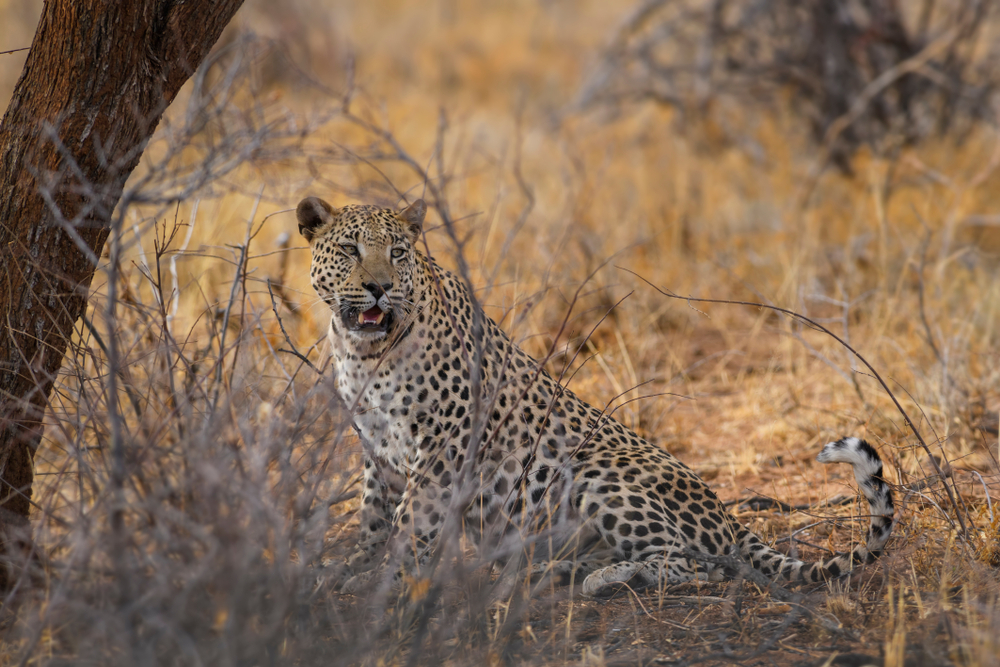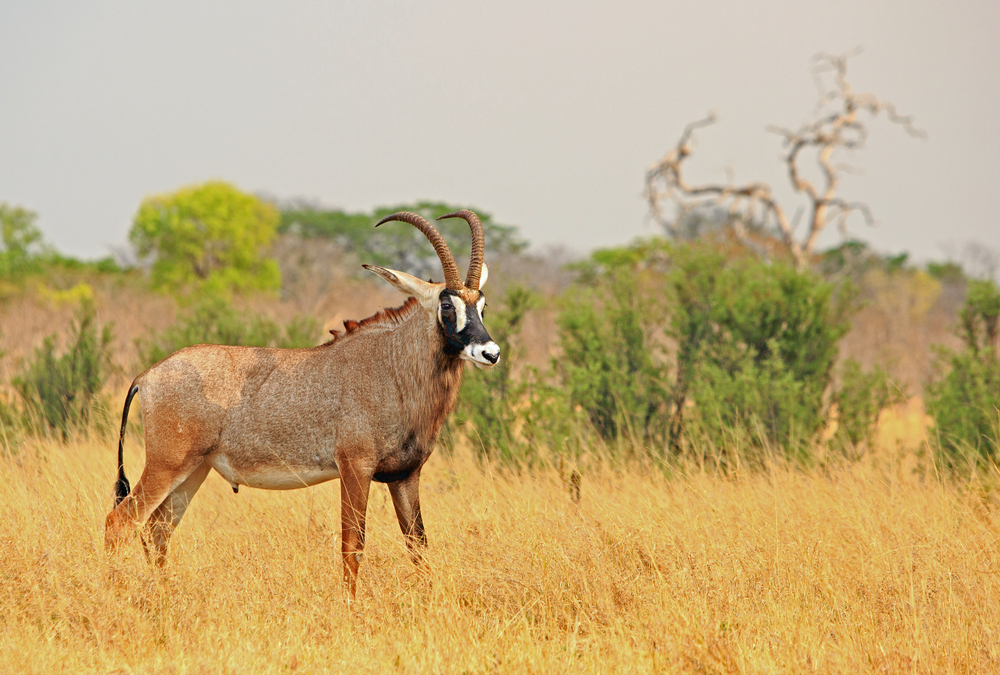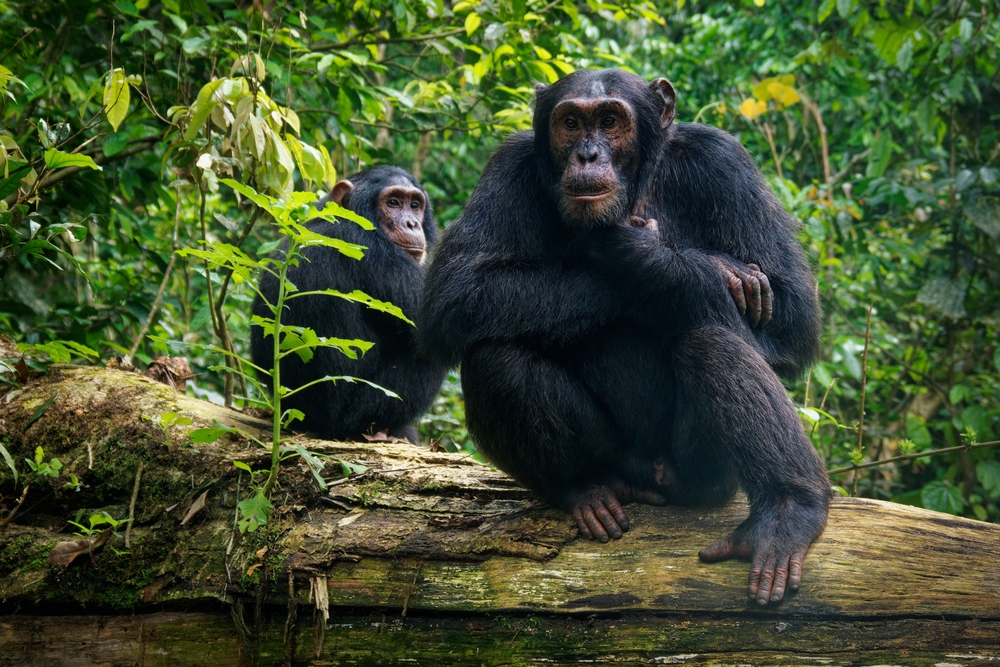Gashaka-Gumti Overview
Gashaka-Gumti National Park, locally known as “Gidan Gashaka da Gumti” in Hausa, is Nigeria’s largest national park, spanning approximately 6,731 square kilometers (2,598 square miles). Established in 1991, the park is situated in the mountainous regions of Taraba and Adamawa States in northeastern Nigeria, near the border with Cameroon. This protected area is a crucial ecological haven, known for its breathtaking landscapes, unique biodiversity, and cultural significance.
The terrain of Gashaka-Gumti National Park is exceptionally diverse, ranging from lowland savannas to montane forests and rugged peaks. The park’s highlands include the Chappal Waddi Mountain, Nigeria’s highest peak at 2,419 meters (7,936 feet). The landscape features rolling grasslands, dense rainforests, and scenic rivers such as the Mayo Kam and the River Taraba, which provide vital water sources. Seasonal waterfalls and steep gorges add to the park’s dramatic beauty, making it one of Nigeria’s most visually stunning locations.
Gashaka-Gumti is a biodiversity hotspot, home to a remarkable variety of flora and fauna. Its montane forests host rare and endangered species, including the Nigeria-Cameroon chimpanzee and the elusive forest elephant. Other notable mammals include leopards, golden cats, and giant forest hogs. The park is also a sanctuary for numerous bird species, with over 500 recorded, including the red-necked francolin, grey-headed kingfisher, and the critically endangered Bannerman’s weaver. Amphibians, reptiles, and countless insect species further enhance its ecological richness. The diverse plant life includes medicinal herbs, towering hardwoods, and unique montane flora.
Visitors to Gashaka-Gumti National Park can immerse themselves in its natural beauty through guided hikes and trekking expeditions. The climb to Chappal Waddi offers stunning panoramic views and a chance to explore the high-altitude ecosystems. Game drives through the savanna and rainforest regions provide opportunities to observe wildlife in their natural habitats. Birdwatching enthusiasts will find the park particularly rewarding, given its rich avian diversity. River tours and fishing activities along the park’s waterways offer unique perspectives of its aquatic ecosystems. Additionally, cultural interactions with nearby communities, including the Fulani and Mambilla peoples, provide insights into traditional lifestyles and their relationship with the park.
Despite its significance, Gashaka-Gumti faces challenges such as poaching, illegal logging, and agricultural encroachment, which threaten its ecosystems. The remote location and limited infrastructure also hinder conservation and tourism efforts. However, initiatives led by the Nigeria National Park Service, with support from international partners, aim to address these issues. Conservation projects focus on anti-poaching patrols, habitat restoration, and community engagement to ensure sustainable development.
Gashaka-Gumti National Park is a crown jewel of Nigeria’s natural heritage. Its vast landscapes, diverse wildlife, and cultural importance make it a vital conservation area and an exceptional destination for eco-tourism. Protecting this park is essential for preserving its unique ecosystems and ensuring its ecological and cultural legacy for generations to come.












































































